Customer experience (CX) plays a pivotal role in the success of e-commerce businesses. By investing in the right customer experience software and strategies, you can boost sales and customer retention. Here’s a comprehensive guide on how to achieve this:
- Customer Relationship Management (CRM) Software:
- Implement a CRM system to centralize customer data, purchase history, and interactions.
- Use this data to personalize marketing efforts, recommend products, and offer tailored discounts.
- Live Chat and Chatbots:
- Incorporate live chat and chatbots on your website to provide real-time assistance.
- Chatbots can answer common customer inquiries and guide them through the purchase process.
- Personalization:
- Leverage customer data to offer personalized product recommendations.
- Send personalized emails based on browsing and purchase history.
- Implement dynamic website content that adapts to individual customer preferences.
- User-Friendly Website:
- Ensure your website is mobile-responsive and easy to navigate.
- Optimize page load times to reduce bounce rates.
- Implement a user-friendly search function to help customers find products quickly.
- Customer Feedback and Surveys:
- Collect feedback from customers through surveys and reviews.
- Use this feedback to make improvements to your website and customer service.
- Social Proof and Reviews:
- Display customer reviews and ratings prominently on product pages.
- Encourage satisfied customers to leave reviews and share their experiences on social media.
- Loyalty Programs:
- Implement a loyalty program that rewards customers for repeat purchases.
- Offer exclusive discounts, early access to sales, or points-based rewards.
- Omnichannel Support:
- Provide support across various channels, including email, social media, and phone.
- Ensure a seamless transition between online and offline channels for a unified customer experience.
- Customer Analytics:
- Utilize analytics tools to track customer behavior, identify trends, and predict future needs.
- Adjust your strategies based on data insights.
- Post-Purchase Support: – Offer exceptional post-purchase support to address any issues or questions. – Send order updates and shipping notifications to keep customers informed.
- A/B Testing: – Continuously test and optimize your website, marketing campaigns, and customer interactions. – Use A/B testing to determine which strategies work best for your audience.
- Social Media Engagement: – Actively engage with customers on social media platforms. – Share user-generated content and respond to comments and messages promptly.
- Customer Training: – Provide resources and guides to help customers make the most of your products. – Host webinars or online workshops to educate customers.
- Return and Refund Policies: – Have clear and customer-friendly return and refund policies. – Make the return process as simple as possible to build trust.
- Data Security: – Ensure robust data security measures to protect customer information. – Display trust badges and certifications to reassure customers.
- Continuous Improvement: – Regularly assess and update your CX strategies based on evolving customer preferences and market trends.
By investing in these strategies and utilizing customer experience software tools that support them, you can enhance the overall shopping experience for your e-commerce customers, boost sales, and improve customer retention, ultimately leading to long-term business success.
Certainly, here’s a continuation of strategies to boost sales and retention for your e-commerce business through customer experience software:
- Automated Email Marketing:
- Use email marketing automation to send personalized product recommendations, abandoned cart reminders, and targeted promotions.
- Segment your email list based on customer behavior and preferences.
- Upselling and Cross-selling:
- Implement upselling and cross-selling features on your website to increase the average order value.
- Recommend complementary products during the checkout process.
- Social Commerce Integration:
- Enable social commerce features that allow customers to shop directly from your social media profiles.
- Leverage shoppable posts and stories on platforms like Instagram and Facebook.
- Mobile App Development:
- Consider developing a mobile app for your e-commerce business.
- Apps can provide a more streamlined and personalized shopping experience.
- AI-Powered Product Recommendations:
- Use artificial intelligence (AI) algorithms to analyze customer data and make real-time product recommendations.
- Dynamic product recommendations can be displayed on the homepage or product pages.
- Virtual Shopping Assistants:
- Integrate virtual shopping assistants or AI-driven chatbots that can guide customers through the entire shopping journey.
- These assistants can answer questions, provide recommendations, and assist with purchases.
- Gamification:
- Add gamification elements to your e-commerce website or app to engage customers and encourage repeat visits.
- Examples include loyalty point challenges, spin-the-wheel discounts, and interactive quizzes.
- Community Building:
- Create an online community or forum where customers can connect, share experiences, and ask questions.
- Engage with the community to foster a sense of belonging.
- Predictive Analytics:
- Utilize predictive analytics to forecast customer demand, optimize inventory, and plan marketing campaigns.
- Anticipate trends and stock products accordingly.
- Social Responsibility Initiatives:
- Highlight your company’s social and environmental initiatives.
- Many customers prefer to support businesses that demonstrate a commitment to responsible practices.
- Voice Commerce Integration:
- Explore voice commerce options for voice-activated devices like smart speakers.
- Optimize your product listings for voice search.
- Continuous Testing and Optimization:
- Regularly conduct usability testing and gather feedback from real users to identify areas for improvement.
- Continuously optimize the customer experience based on findings.
- Competitive Analysis:
- Stay informed about your competitors’ CX strategies.
- Benchmark your own performance against industry leaders and adapt accordingly.
- Employee Training:
- Ensure your customer support and sales teams are well-trained in providing exceptional customer service.
- Empower employees to resolve issues and create positive interactions.
Remember that the e-commerce landscape is ever-evolving, so staying adaptable and responsive to changing customer preferences and technologies is crucial. By integrating customer experience software and adopting these strategies, you can create a competitive edge, foster customer loyalty, and drive sustained growth in your e-commerce business.
Social Listening for Financial Services: How Banks & FinTechs Stay Ahead
Introduction to Social Listening in Financial Services Definition ...
Read MoreThe Journey of QuickMetrix: Insights from Surendra Baliga on Building a Successful SaaS Business
The entrepreneurial journey is often filled with challenges, learning ...
Read MoreMastering the Market: How to Use Social Listening Tools for Real-Time Competitor Analysis
1. Introduction to Social Listening Tools1.1 What is Social ...
Read MoreHow to Get the Most Out of Social Listening Tools and Why Businesses Invest in Them
How to Get the Most Out of Social Listening ...
Read MoreListening to the Noise: How to Monitor Conversations That Matter to Your Brand
Understanding the Importance of Monitoring Brand Conversations 1.1 The Role ...
Read MoreThe Future of AI in ORM: Can AI Handle Customer Complaints Better Than Humans?
I. Introduction to Online Response Management (ORM)/ Online reputation ...
Read MoreHow ORM Tools Use Data from Multiple Sources – Importance of Integrating Data from Media, Forums, News, etc.
What is ORM ToolsOnline response Management (ORM) tools are ...
Read MoreTop Features to Look for in an ORM Tool for B2B Companies
Top Features to Look for in an ORM Tool ...
Read More2025 Digital Marketing Predictions: What’s Next for Brands?
2025 Digital Marketing Predictions: What’s Next for Brands?IntroductionDigital marketing ...
Read More15 Social Listening Tools for Your Brand in 2025
Why Social Listening Matters A winning social media strategy starts ...
Read MoreCreating a Seamless Customer Experience with Integrated ORM Solutions
Creating a Seamless Customer Experience with Integrated ORM SolutionsI. ...
Read MoreNavigating PR Crises: The Essential Role of ORM Tools for Brands
Understanding ORM: The Basics Definition of ORM (Online ...
Read MoreHow AI is Transforming Online Response Management and Social Listening
Introduction to Online Response Management Definition and ImportanceOnline ...
Read More5 Powerful Ways Online Response Management Tools Transform Customer Engagement
Understanding Online Response Management Why Every Modern Business Needs an ...
Read MoreEnhancing Customer Experience through Effective Online Response Management
Enhancing Customer Experience through Effective Online Response Management Understanding ...
Read MoreTop 4 Reasons to Embrace Automated Customer Journeys with QuickMetrix in 2024
Introduction:In today’s digital age, automation is reshaping the way ...
Read More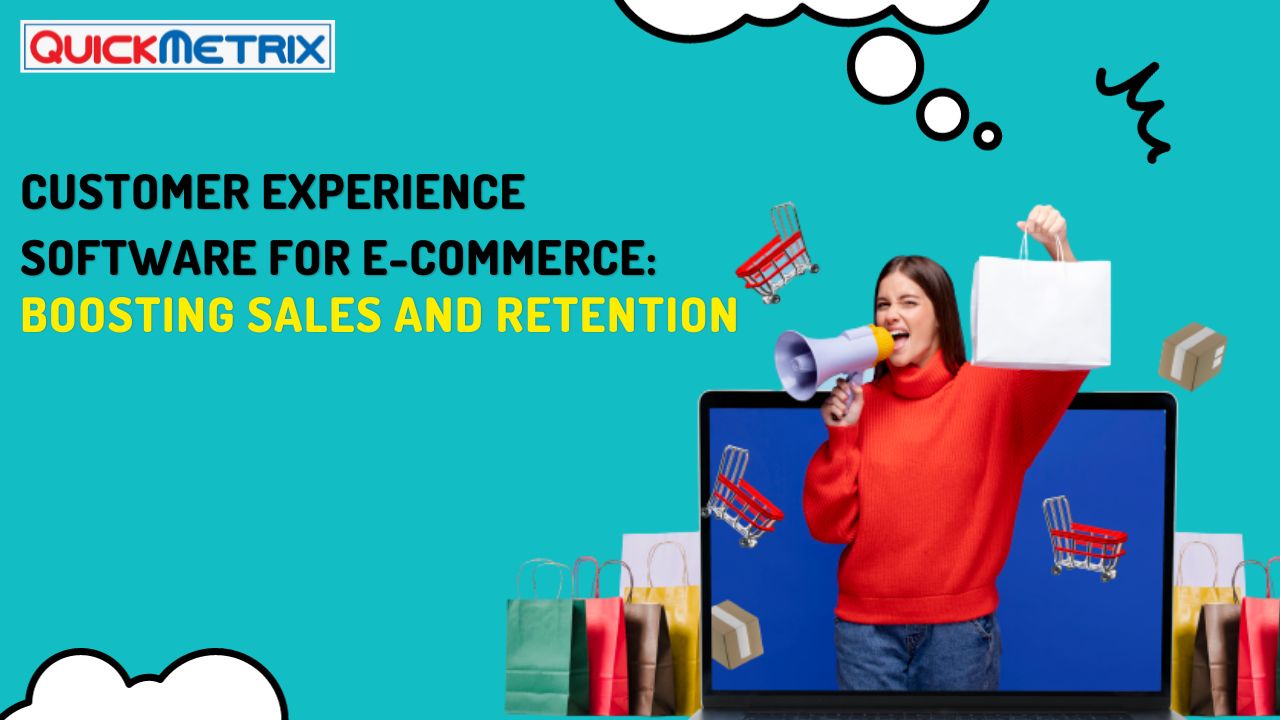


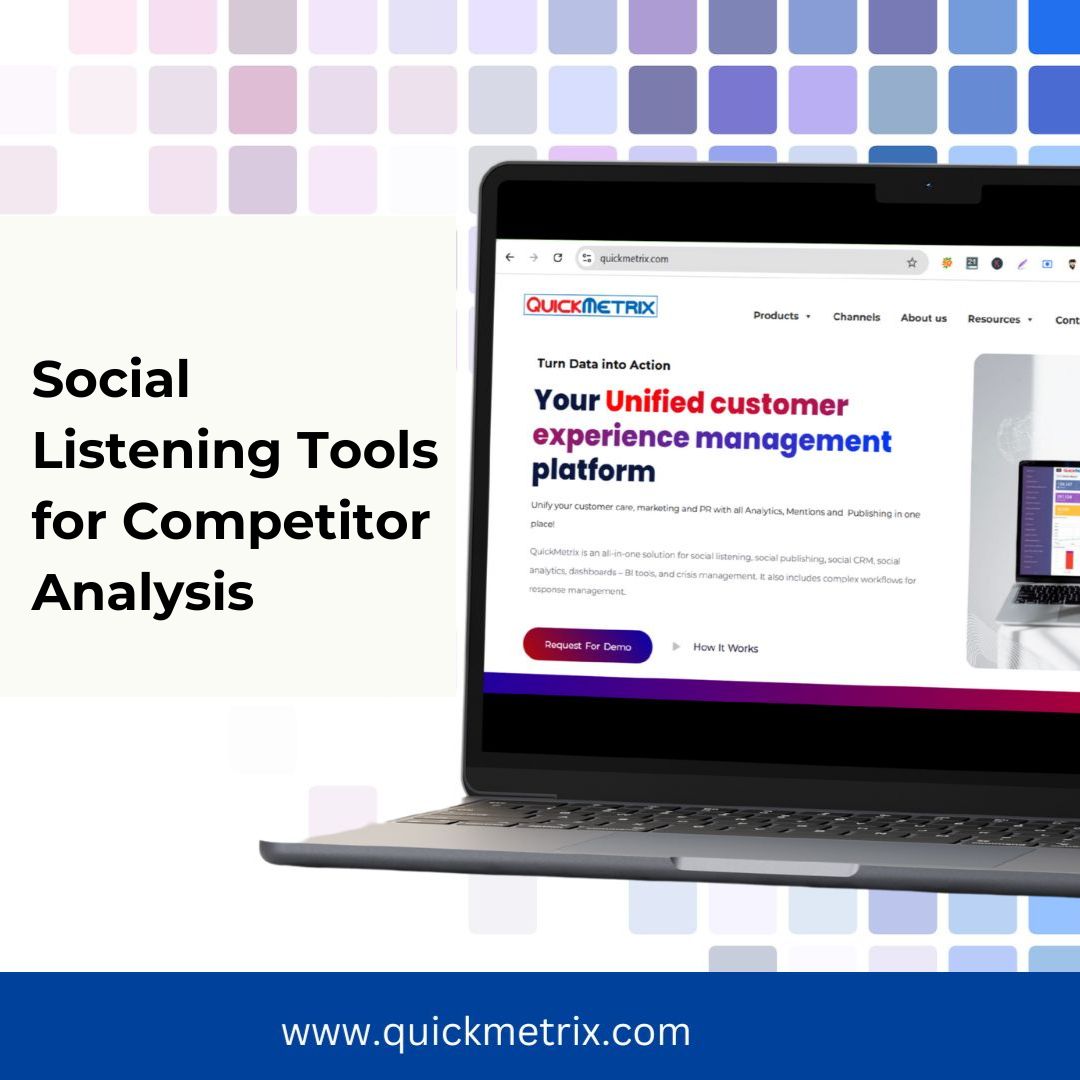


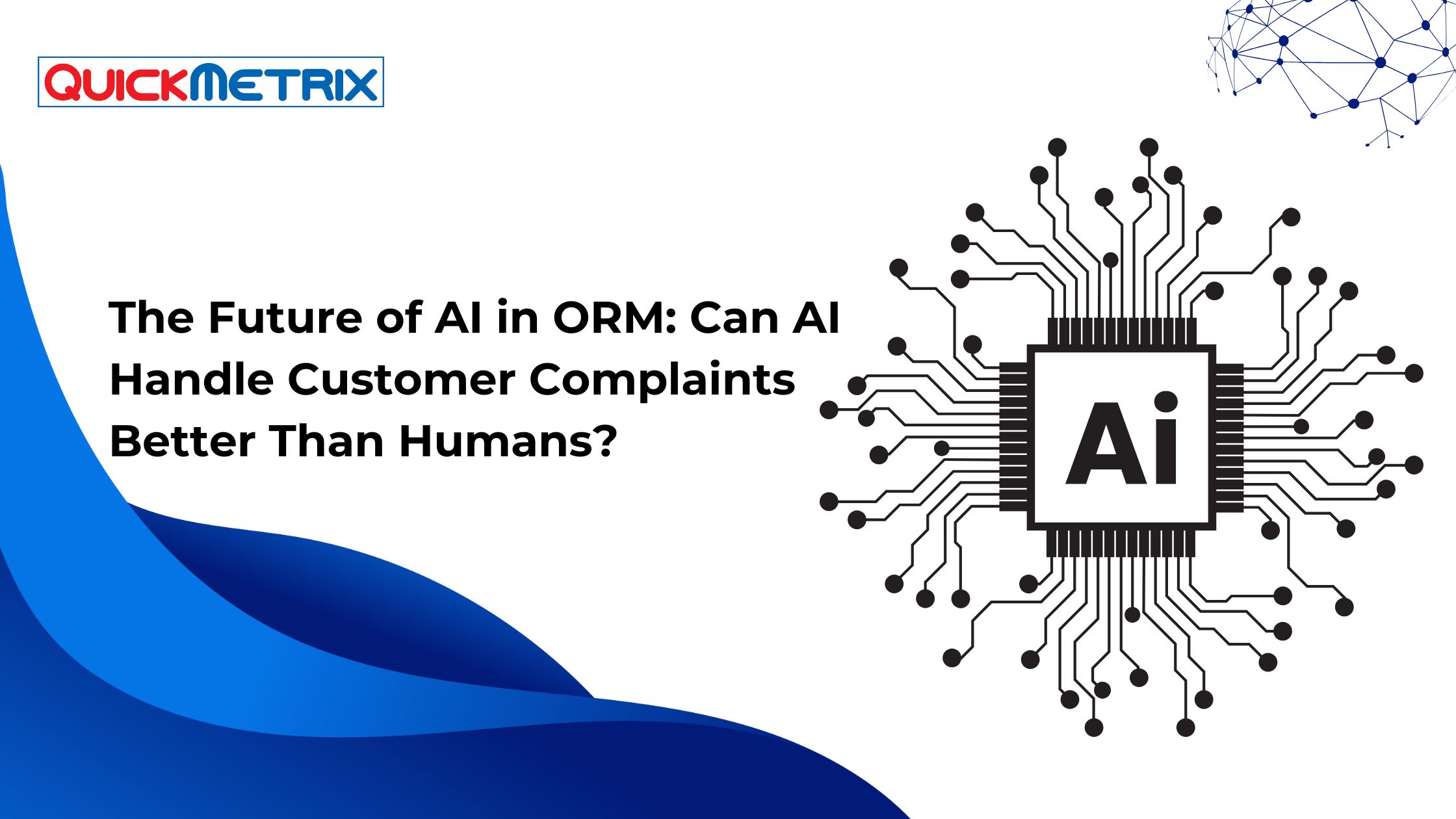
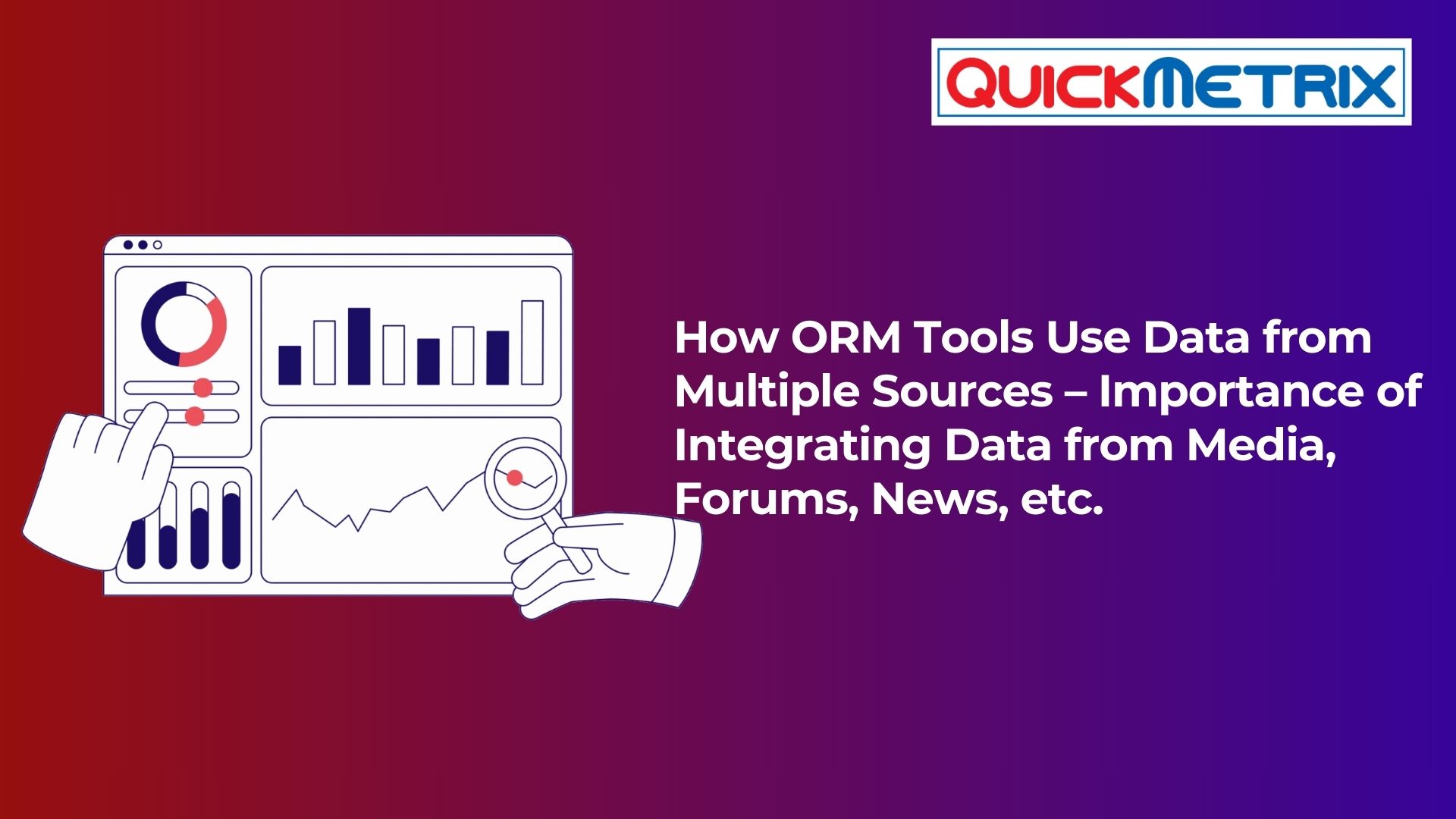





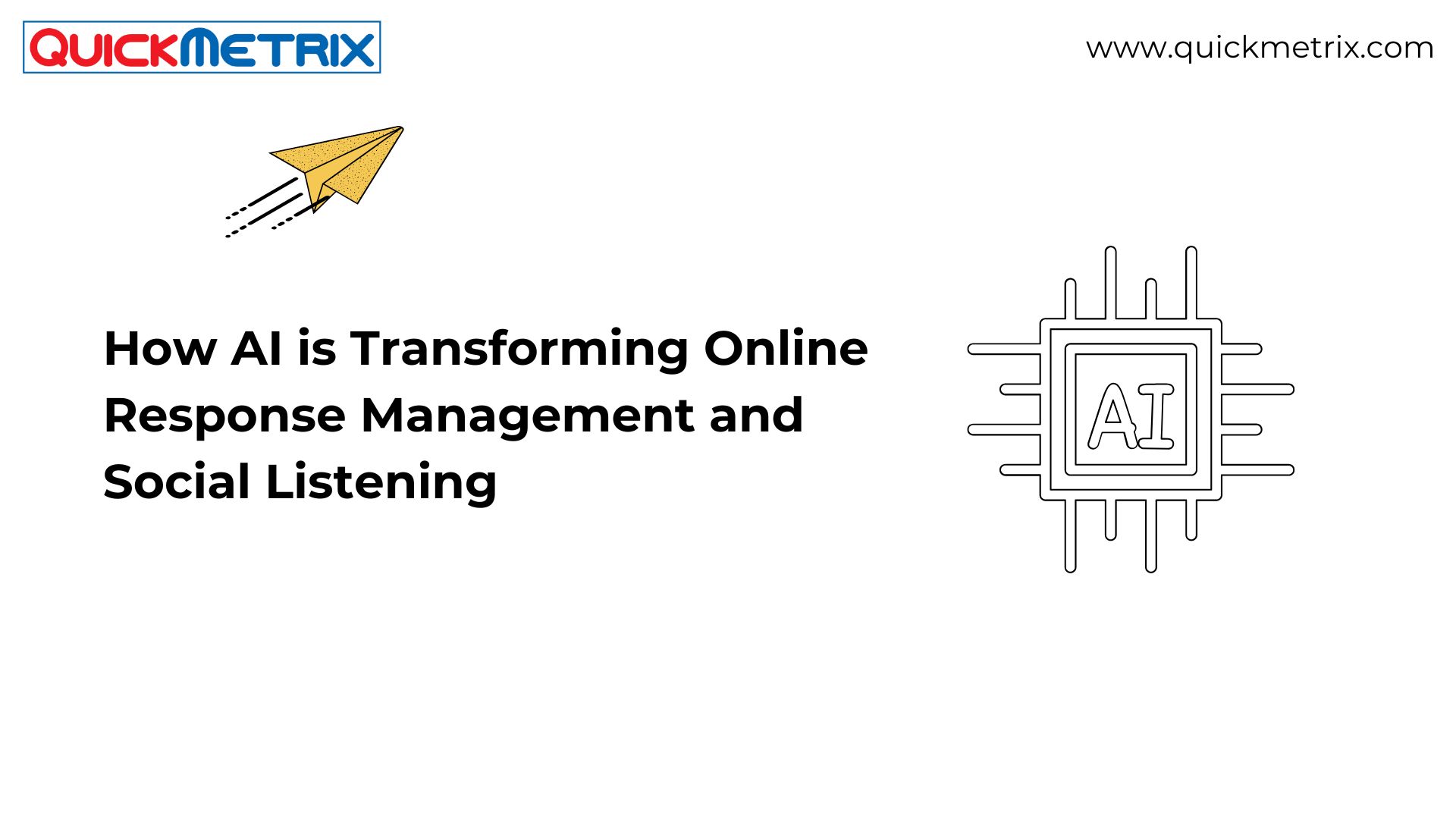
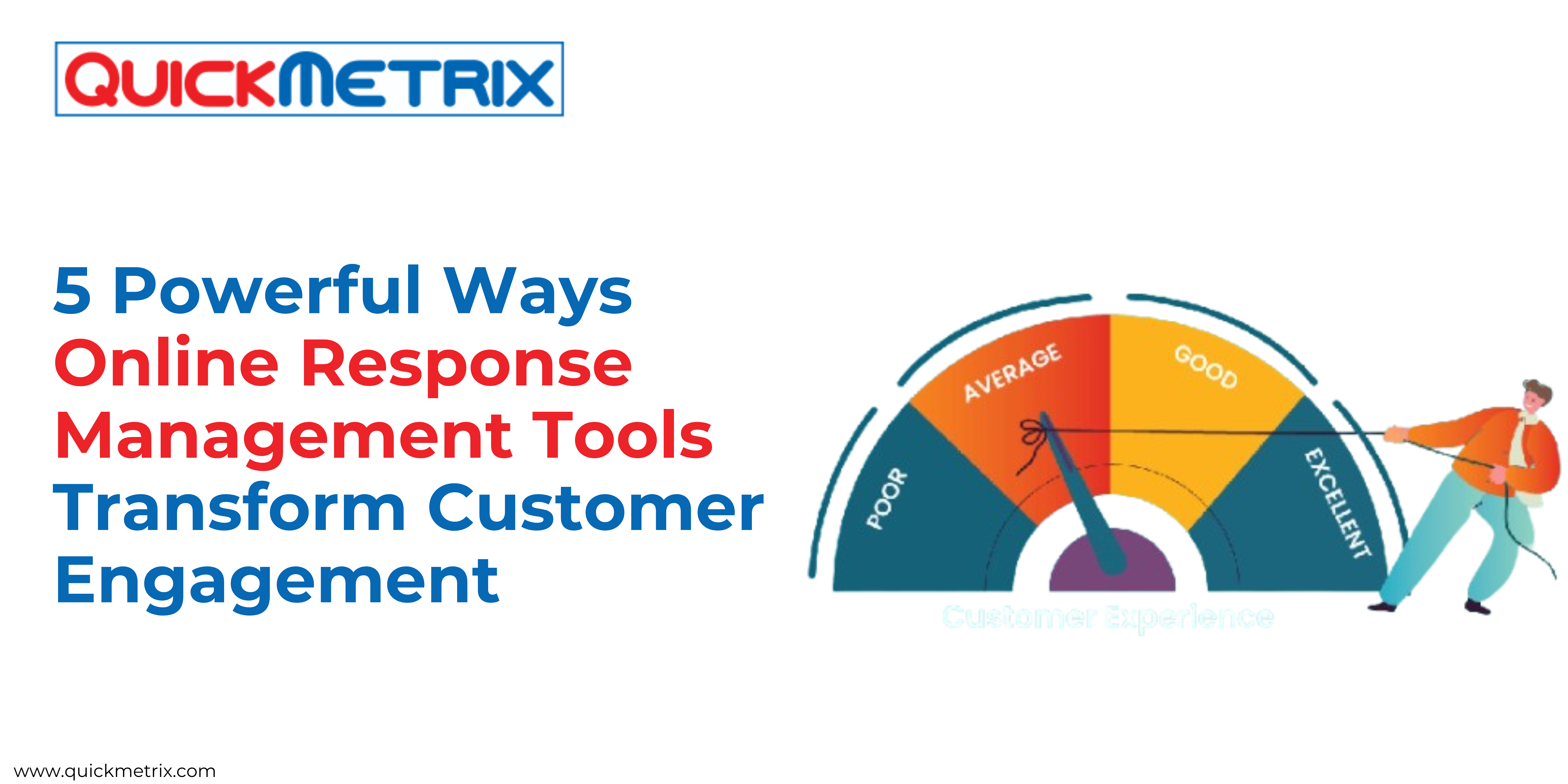
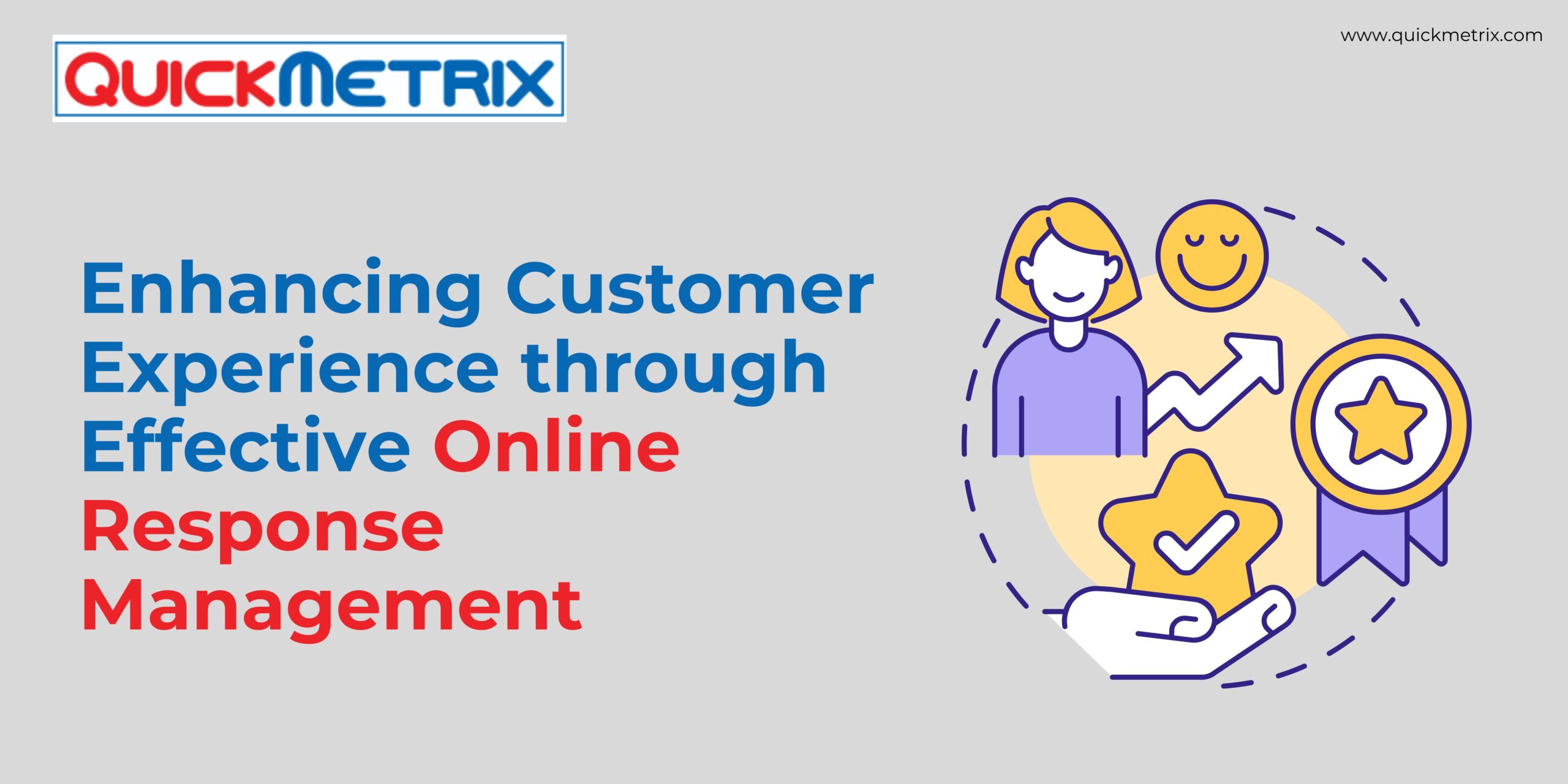
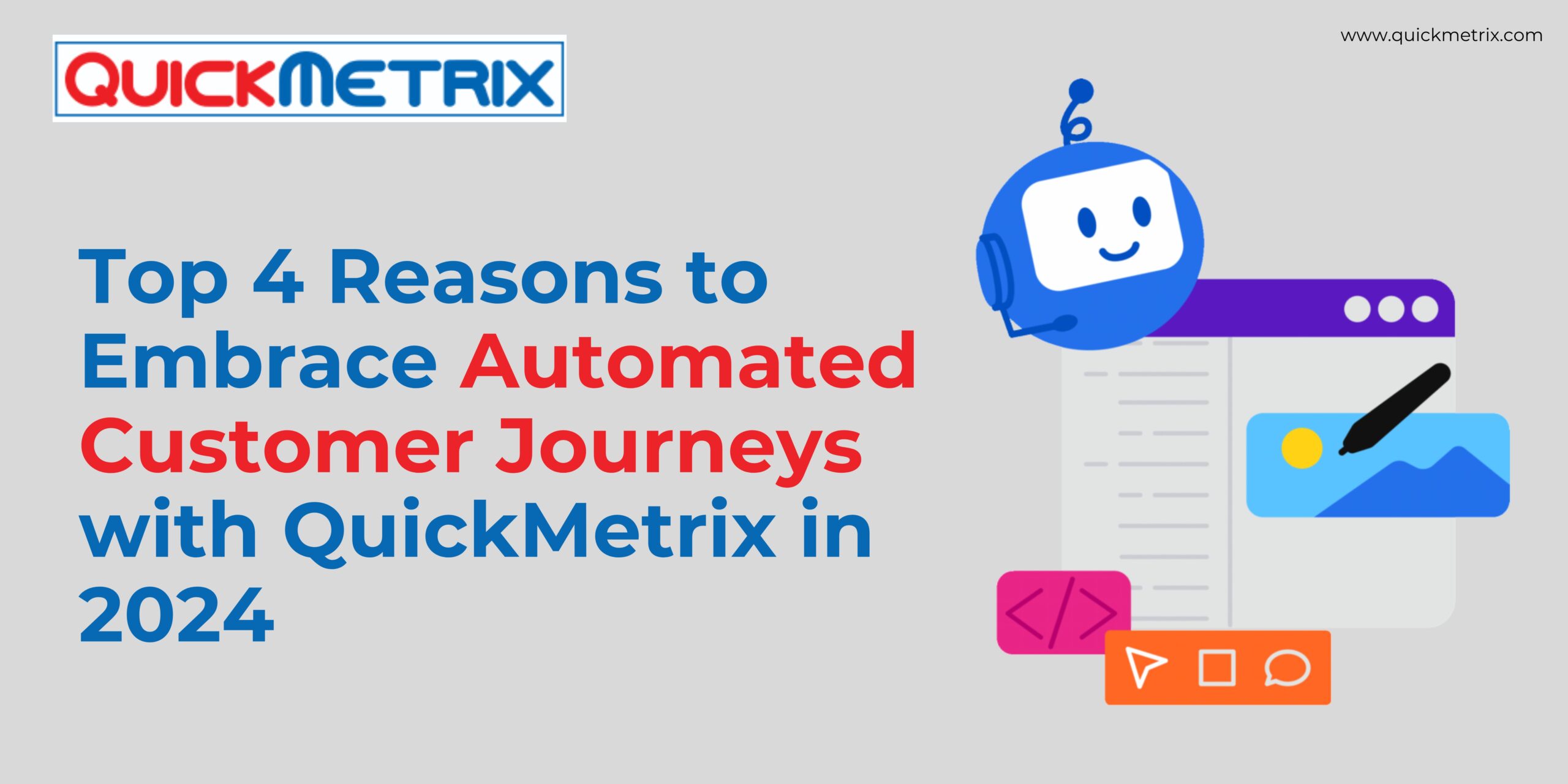

![Elevating Customer Engagement: 11 Top Platforms in 2024 [+User Reviews] 19 Online reputation management tools](https://quickmetrix.com/wp-content/uploads/2024/04/Ivory-Aesthetic-Study-Vlog-YouTube-Thumbnail--770x465.jpg)
